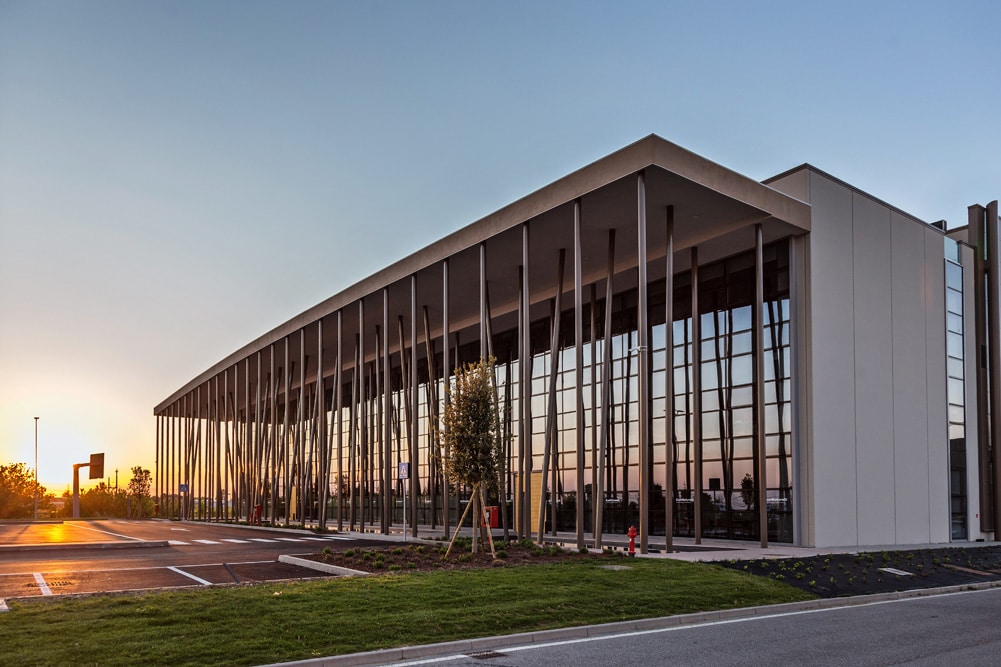IN COLLABORATION WITH

Green Warehousing
GREEN WAREHOUSING
The goal
Sustainability is a theme of increasing importance from both a business and social point of view. The related international documentation includes the 2030 Agenda for Sustainable Development, a programme of action signed in September of 2015 by the governments of the 193 member states of the UN and containing 17 Sustainable Development Goals (SDG) covering 169 targets for 2030, measured through specific indicators.
Research is focused on exploring the main variables in the planning of modern warehousing space, with a view to rendering warehousing and logistics more sustainable. The understanding and formalisation of these variables can (also internally) favour the systemic understanding of the variables on which to act in order to render warehousing more sustainable and increase awareness of the theme, thus facilitating the current process of transition.
BUILDINGS
Environmental footprint
One of the directions to work towards for companies looking to render their business more sustainable is to reduce consumption and favour increased energy efficiency in processes, without neglecting social issues, by also acting on the assets implemented.
In the logistics sector, this takes the form of a range of “leverage points” that include increased attention to real estate and the criteria employed in its planning, construction and management.
BUILDING CERTIFICATION
International Standards
A number of protocols have been implemented on an international scale aimed at assessing the energy efficiency and the environmental footprint of buildings, including the LEED (US) and BREEAM (UK) standards, which are also used for logistics buildings, with a focus on the entire planning and construction process.


With regards to application in the field of logistics, the certification process has an impact on various figures, including owners, tenants, planners, investors, institutions and businesses, and facilitates the classification of buildings in relation to their environmental impact; raises awareness among owners, occupants, planners and operators in terms of the benefits of buildings with reduced environmental impact; allows organisations to demonstrate their progress towards company environmental goals; provides market-based recognition of buildings with low environmental impact; stimulates the market to provide innovative solutions aimed at reducing the environmental impact of buildings; and drives demand for sustainable buildings. For investors, certification serves as an important driver in evaluating and choosing a building.
ENVIRONMENTAL AND SOCIAL ASPECTS
Planning Variables
Green Building
Green Yard
Systems
Lighting
Integration






